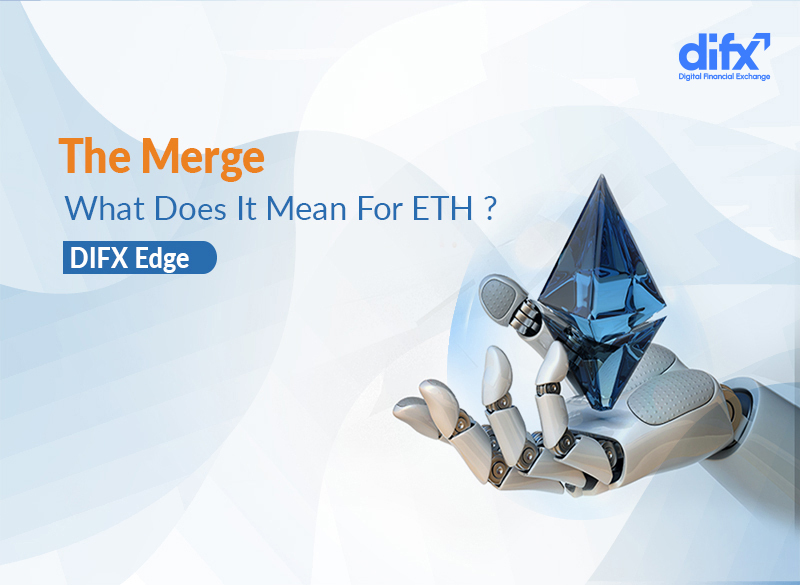Ethereum network is expecting one of its major upgrades within the next few months (September 15th) which will make the network more stable, secure, and sustainable. Without a doubt, the upgrade’s implications will be significant for the Ethereum blockchain and its ecosystem of applications and users. And that’s one of the reasons why The Merge, the most important part of the upgrade, has been the subject of many discussions.
But how exactly will the upgrade change the markets, and how immense the effects will truly be? Let’s discuss it further.
Ethereum: Past, Present, and the Future
Ethereum started its journey as a Proof of Work (PoW) blockchain, relying on miners to run the network, secure it, and verify the transactions. It didn’t take long for the network to grow significantly in size as it offered a unique and new platform for developers to build their decentralized applications.
This soon became an issue for the network because it couldn’t manage more than almost 15 Transactions Per Second (TPS). To be able to serve its increased number of users, Ethereum proposed different upgrades and solutions.
Beacon Chain
Beacon Chain was the fundamental piece of the new platform, setting up the stage for a smooth transition to a Proof of Stake (PoS) network. Beacon Chain went live on December 1st, 2020, allowing users to become validators and earn rewards by staking their Ethers on the deposit contract.
Since its launch, Beacon Chain has been active as a separate chain, living alongside the Mainnet where all the actual work is taking place.
The Merge
The Merge is the much anticipated Ethereum upgrade that will combine the Beacon Chain and the Mainnet, removing the mining process once and for all. PoS allows for a more eco-friendly blockchain, making Ethereum ready for the Sharding upgrade which will improve Ethereum’s scalability and network capacity greatly.
It’s planned to launch in Q3/Q4 2022, with Ethereum calling it “the most significant upgrade” in its history.
Sharding
After The Merge, which literally merges the two separate chains together, Ethereum will have its Sharding upgrade. Sharding will focus on the network’s capacity and scalability, making it cheaper without undermining its security.
Sharding will eventually make Ethereum more distributed as more users will be able to run Ethereum on their smartphone or laptop. Increased decentralization will also increase the security of the network as the attack vectors will be reduced.
These “interconnected protocol upgrades” will bring Ethereum closer to its vision and full potential: a network that is powerful enough to serve all humanity.
The Merge: Misconceptions
As one of the main milestones in Ethereum’s journey, The Merge comes with a few misconceptions. Let’s go through some of them together.
- – Reduction in Gas Fees: The Merge will essentially switch Ethereum from a PoW to a PoS network, not focusing on its capacity.
- – Faster Transaction Speed: There might be a slight change in the transaction speed, but it won’t be a specific focus of The Merge.
- – Downtime of the Mainnet: The Merge will happen with zero downtime.
- – 200% Increase in Staking APR: A 50% increase in APR is expected after The Merge.
- – Withdrawal Will Be Open: Staking withdrawals will be open after the Shanghai upgrade, not The Merge.
The Merge: The Effects on Ether
Even though many market members believe that The Merge will have a positive effect on the price of Ether, the very opposite may happen as well. On the positive side, The Merge will help Ethereum come closer to Sharding, which will decrease the transaction fees.
As a result, Ethereum would increase its market share as more users would come back to the network, which possibly would have a positive effect on Ether’s price.
On the flip side, The Merge may not go as planned, worsening the network’s condition and forcing users out of the platform, which could drag down the token as well.

